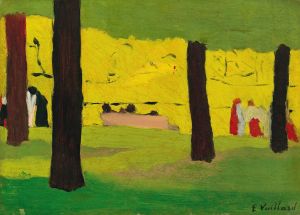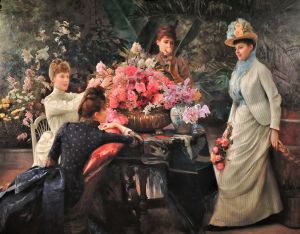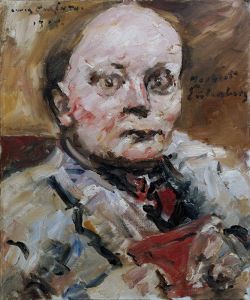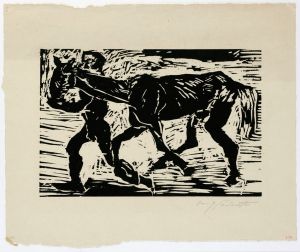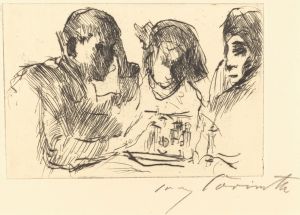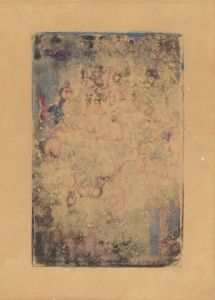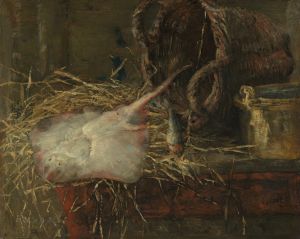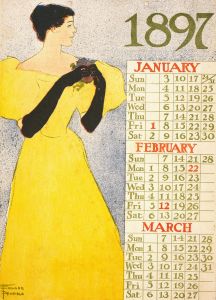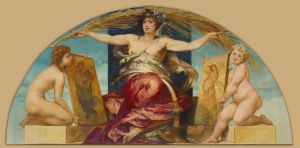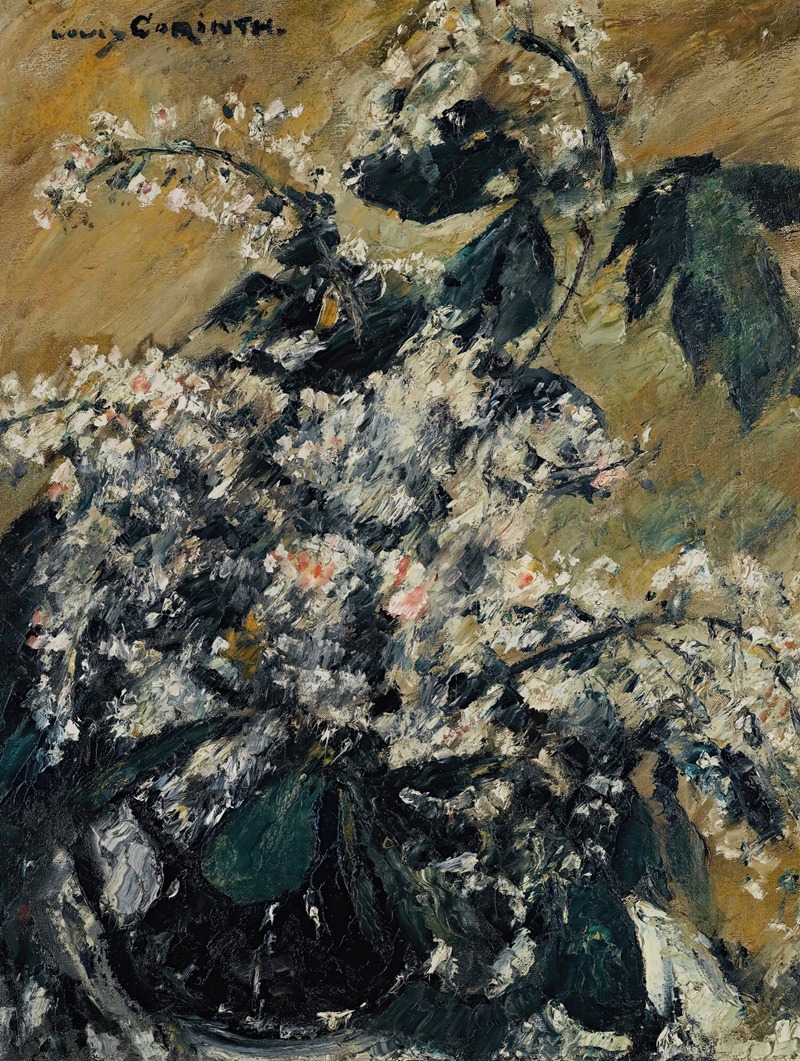
Kastanienblüten
A hand-painted replica of Lovis Corinth’s masterpiece Kastanienblüten, meticulously crafted by professional artists to capture the true essence of the original. Each piece is created with museum-quality canvas and rare mineral pigments, carefully painted by experienced artists with delicate brushstrokes and rich, layered colors to perfectly recreate the texture of the original artwork. Unlike machine-printed reproductions, this hand-painted version brings the painting to life, infused with the artist’s emotions and skill in every stroke. Whether for personal collection or home decoration, it instantly elevates the artistic atmosphere of any space.
Lovis Corinth was a prominent German painter and printmaker, known for his significant contributions to the transition from Impressionism to Expressionism in the late 19th and early 20th centuries. One of his notable works is "Kastanienblüten," which translates to "Chestnut Blossoms" in English. This painting exemplifies Corinth's mature style, characterized by vigorous brushwork and a vibrant palette.
"Kastanienblüten" was created during a period when Corinth was deeply engaged with the exploration of nature and its ephemeral beauty. The painting captures the delicate and transient nature of chestnut blossoms, a subject that allows Corinth to explore both the fragility and the vibrancy of life. His use of color and texture in this work is particularly noteworthy, as it reflects his ability to convey emotion and movement through his brushstrokes.
Corinth's approach to painting was heavily influenced by his personal experiences and the broader artistic movements of his time. After studying at the Academy of Fine Arts in Munich and later in Paris, he was exposed to various styles and techniques, which he synthesized into his unique approach. His early works were more aligned with the Impressionist style, focusing on light and color. However, as his career progressed, he began to incorporate more expressionistic elements, emphasizing emotional depth and dynamic compositions.
"Kastanienblüten" is a testament to Corinth's skill in balancing these two influences. The painting's composition is both structured and spontaneous, with the blossoms rendered in a way that suggests their fleeting nature. The background is often less detailed, drawing the viewer's attention to the central subject and enhancing the sense of immediacy and presence.
Throughout his career, Corinth was known for his ability to capture the essence of his subjects, whether they were landscapes, portraits, or still lifes. His work often reflected his personal struggles and triumphs, particularly after he suffered a stroke in 1911, which temporarily paralyzed his left side. This event marked a turning point in his artistic journey, leading to a more introspective and expressive style.
"Kastanienblüten" fits within this later period of Corinth's work, where his brushwork became more vigorous and his color palette more intense. This painting, like many of his others, demonstrates his mastery of capturing the interplay between light and shadow, as well as his deep appreciation for the natural world.
Lovis Corinth's legacy as an artist is significant, as he played a crucial role in bridging the gap between Impressionism and Expressionism. His works continue to be celebrated for their emotional depth, technical skill, and innovative approach to traditional subjects. "Kastanienblüten" remains an important piece within his oeuvre, exemplifying his ability to convey the beauty and transience of nature through his distinctive artistic vision.





